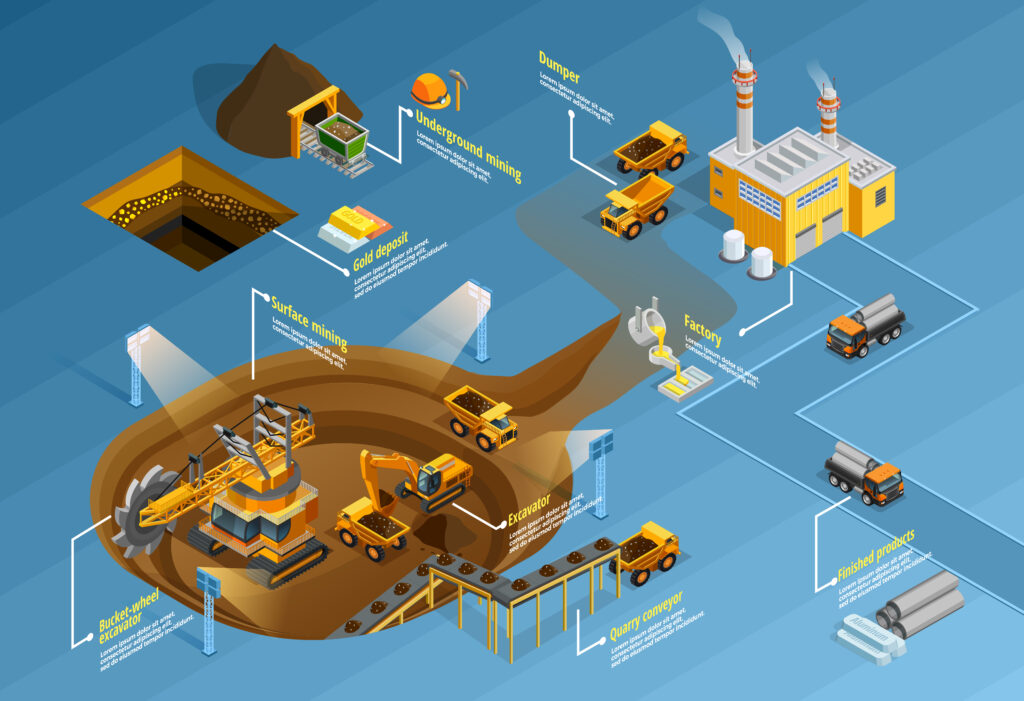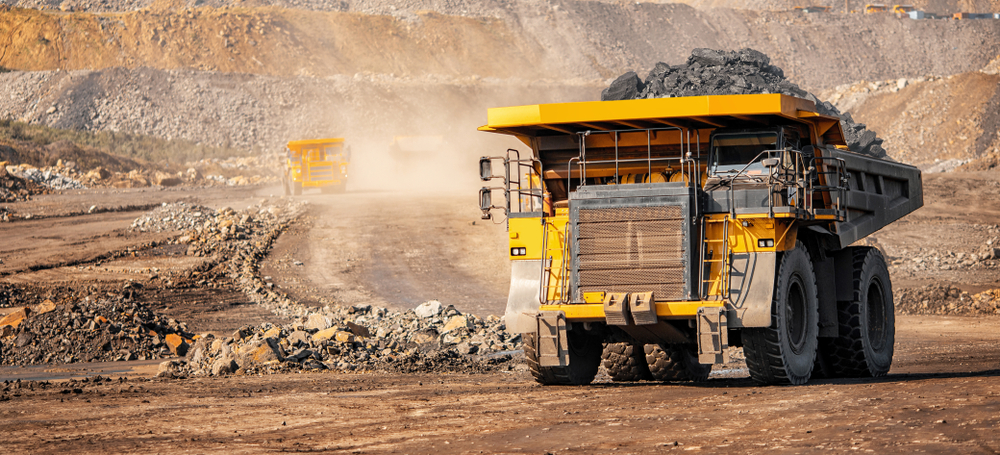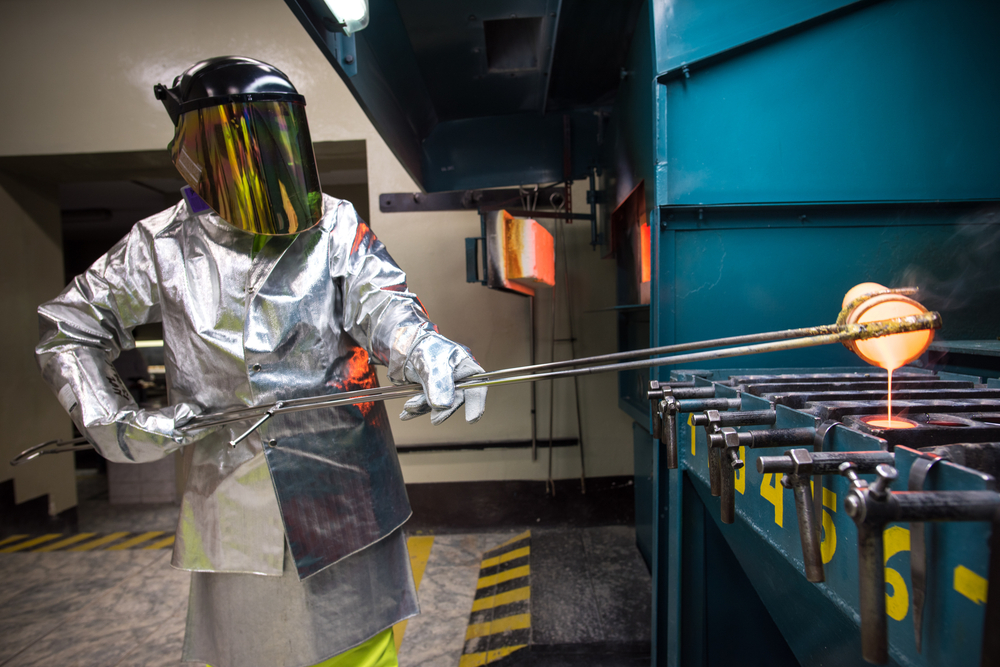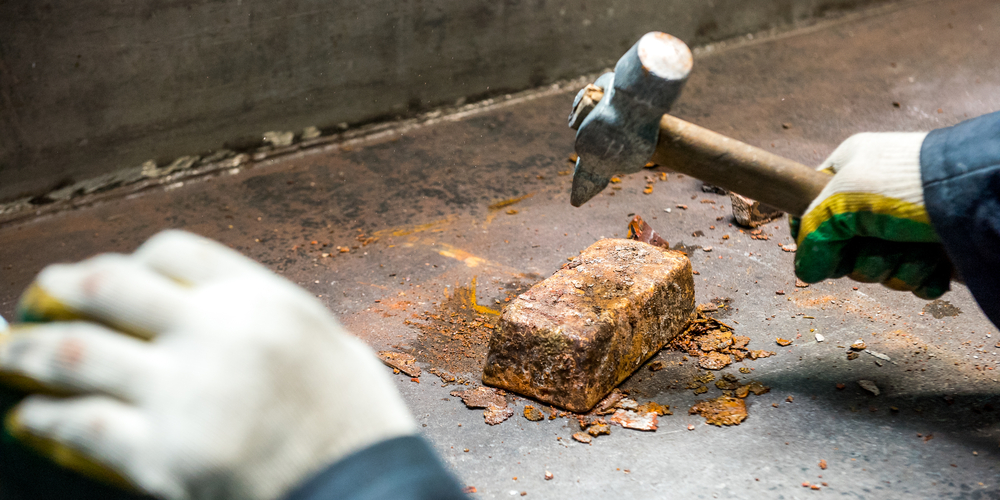Obtaining raw gold from international sources The current mine output is in the following countries:
China
Russland
Südafrika
Südamerika
Indonesien
Alaska
Austarlien
Türkei
Where does our earthly gold come from?
All gold on this earth comes from so-called supernova nuclear fusions – large stars that have “died” in gigantic explosions. This means that the gold in the gold bars from Hartmann & Benz is also of cosmic origin – it comes from exactly such large cosmic events.
How does the gold reach our earth?
The Earth attracted supernova matter at the time of its formation about 5 billion years ago, when it was still molten. However, since the Earth did not have a solid crust at that time, but was a glowing sphere of matter about 12,000 km in diameter, all cosmic gold from supernova explosions sank into the Earth’s magmatic interior due to its weight. Only the gold that reached the earth after the formation of the earth’s crust or came back to the earth’s surface with the magma from the earth’s interior through volcanic eruptions can be mined today and processed into bars. The path of gold from outer space to earth and into the shiny, extremely valuable bars from Hartmann & Benz could not be more exciting!

The gold of the universe becomes an eternal currency on earth
Gold is not only rare and valuable on planet Earth, but it has been used as money for at least 5,000 years. No currency has such a long track record. No currency on this planet has been able to maintain its value over all these millennia. Only gold – the cosmic money – has been able to retain its lustre throughout the ages.
A gold bar from Hartmann & Benz embodies precisely this fascination, this brilliance – a brilliance that not only enchants, but also has no alternative, especially in our day and age, when it comes to preserving one’s wealth, because gold is the eternal currency on our earth.
Gold retains its value as you cannot multiply it at will
All the gold that has been extracted from earth so far – in the course of a long mining history, during the gold rush in America, including the gold of the Incas, Aztecs and Pharaohs – is just enough to fill all the rooms of a normal-sized family home. Gold is therefore precious because it is rare and a symbol of power and wealth. Today, however, gold is still affordable for everyone, because a 1 gram gold bar from Hartmann & Benz currently costs about 60 euros, but a kilogramme already costs 60,000 euros.
So far, a total of about 170,000 tonnes of gold have been mined – currently about 3,000 tonnes per year. Today, this gold is mostly hoarded in the form of bars: as a protection of wealth.
Gold nuggets and gold ores – where can I find the cosmic gold?
Sometimes you can still find small gold nuggets on the surface, but now and then you can also find huge ones weighing several kilograms. In general, however, you have to go deep into the depths of Mother Earth to find gold-bearing rock (gold mineralisation), which seems completely unattractive to the uninitiated. The deepest gold mines reach up to 4 km deep.
Quiz: How much gold is there in a tonne of gold-bearing rock?
Incredibly little – almost nothing, to be precise. Only about 4 grams of gold are ultimately extracted from 1000 kg of gold-bearing rock. So when you hold a 1 gram gold bar from Hartmann & Benz in your hands, it is roughly equivalent to the average gold content of 250 kg of mined gold ore!
Gold deposits are prospected, geologists and drilling teams are contracted, mines are advanced, the ore is mined and extracted with the help of complex chemical processes. It is therefore actually surprising that gold is not more expensive in the end – 1 gram of fine gold costs about 60 euros.

Washing gold – Grinding gold – Extracting gold using electrochemistry
Gold was initially washed out of river sediments in the form of small crumbs or nuggets. Even in the 19th century, gold discoveries in the USA, Australia and New Zealand triggered gold rushes – a shovel and a pan for washing the gold were the most important utensils of a gold prospector at that time.
In the Middle Ages, in addition to gold panning, the so-called amalgam process was already known, in which gold ores were first ground. Mercury was then added and the rock flour was heated. In this way, fine gold could be extracted from gold-bearing rock centuries ago. Today, the so-called anode sludge method is mainly used worldwide to obtain the coveted gold.
In this electrochemical method, copper containing gold and silver is electrolytically purified – a process in which the two precious metals accumulate in the anode sludge. Gold mining pollutes nature, for example through the construction of mines or the necessary infrastructure for transporting goods. On the other hand, gold is indispensable for many of today’s technical applications. Gold has also provided invaluable services as asset protection for eons.
The renowned gold trading house Hartmann & Benz in Stuttgart-Fellbach therefore makes sure that the highest ecological standards are observed in the extraction of its own products. Compliance is very important to Hartmann & Benz.

Doré bars and fine gold bars – what is the difference?
Mines refine so-called Doré bars from the mined gold mineralised rock on site. These industrial bars weigh about 6 kg and consist of only 80 % gold. They are therefore still quite contaminated, for example with silver and copper. In the next processing step, so-called refining plants refine these Doré bars and cast them into high-quality fine gold bars with a gold content of at least 995 parts per thousand. The bars that Hartmann & Benz trade in are unsurpassed worldwide in their purity, with a gold content of as much as 999.9 per mil or 24 carats.
Gold bars have been cast for 2,000 years
Gold is liquefied under high heat and poured into defined moulds in the refinery. Inside, it cools down to a fine gold bar. Its surface is less sensitive than that of coins, so that fingerprints and value-reducing scratches hardly ever occur if handled carefully. During the cooling process of the gold, solidification lines are created by the resulting tension. Each cast bar is therefore unique and the production process can take up to 4 months. Bars up to about 5 g are not cast, but are stamped from rolled gold. They are smooth but embossed (weight, purity, gold) and are sometimes marketed as combi bars of 50 or 100 units.

These gram bars are ideal for accumulating gold in gold and children’s gold savings accounts – such as those offered by Hartmann & Benz. Larger bars are then hallmarked, i.e. marked with the company logo of the refinery, the weight (e.g. 1000 g), the fineness (e.g. 999.9 fine gold) and the manufacturer’s mark. Quality bars always have a serial number as well.

There is nothing more fascinating than gold bars
barsGold bars are not only a cosmic gift to the Earth, they are also a gift to anyone who has understood that gold is a store of value that has stood the test of time over 5,000 years. Gold is born in the universe, first mined as gold ore by operating mines from the interior of planet Earth, then dissolved from this rock by refineries and cast into doré bars, to finally be affinated into gold-pure fine gold bars in refineries.
Only after this elaborate manufacturing process did a gold bar come into being that was among the most valuable and sought-after in all advanced civilisations and will probably remain so until the end of time.

